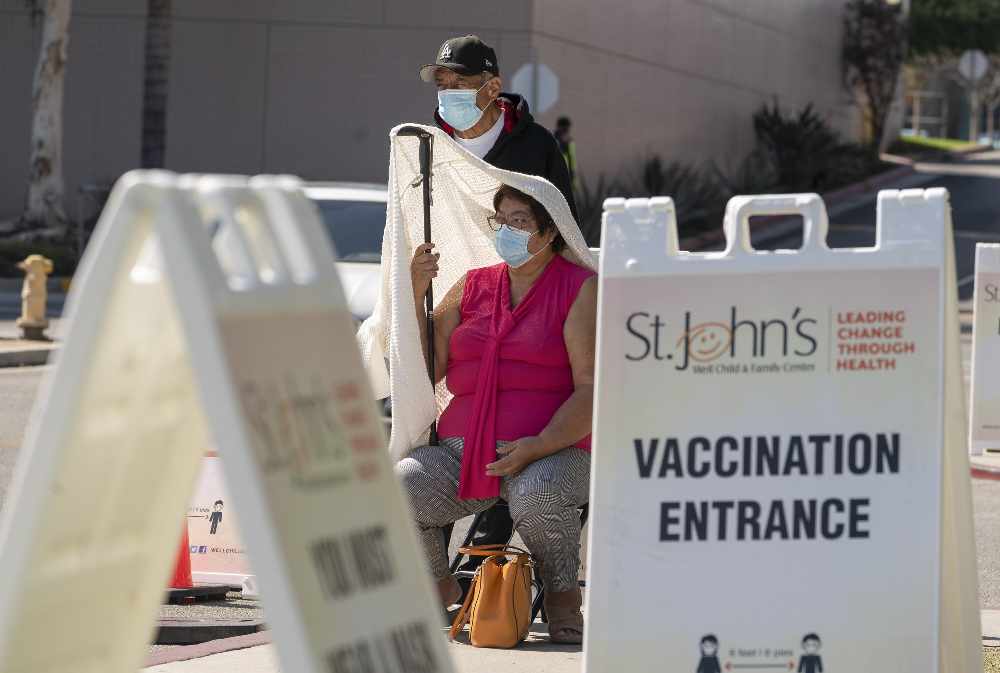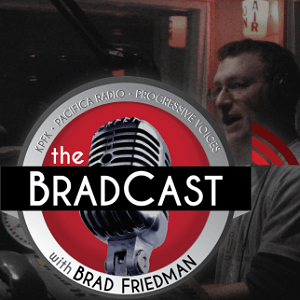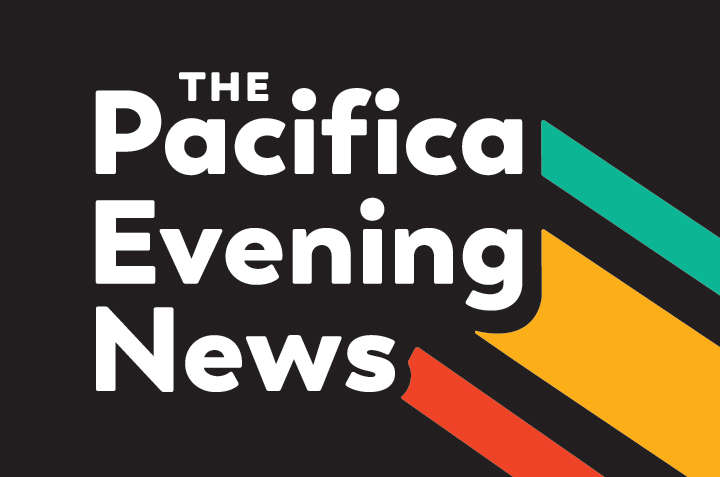IN SUMMARY
Here’s what you need to know about what happens next when the state delivers 2 million COVID-19 vaccine doses to low-income communities.
California today is expected to hit a benchmark of delivering 2 million COVID-19 vaccine doses to underserved communities, triggering a big change that will transform the state’s reopening map from purple to mostly red.
Reaching the milestone sets into motion less stringent statewide standards for when counties can allow indoor activities, such as dining in restaurants and working out in gyms. In some counties, that means those activities, with limitations, will be allowed for the first time since August.
Last week state officials announced that they would relax the COVID-19 case rate needed for counties to move from the most restrictive purple tier to the red tier. Instead of 7 cases per 100,000 residents, the red tier will allow 10 cases per 100,000 residents. This clears the way for counties to allow restaurants, gyms, museums, movie theaters and other businesses to reopen indoors at limited capacity.
The easing of the standards hinges on first administering the 2 million vaccinations in ZIP codes that are considered disadvantaged, based on a set of metrics called the Healthy Places Index that include income, housing, health care and air pollution.
State officials on Thursday were inching toward that 2 million goal, reaching 1,971,784 by late afternoon. The trigger point is likely to be reached sometime today.
So what does all this mean? What can reopen and when?
Where did those 2 million doses go?
Some of the neighborhoods that became eligible for increased vaccine supply were also infection hotspots, like East Los Angeles, South Gate, North Highlands in Sacramento and North Richmond.
Most of the ZIP codes that were prioritized are in Los Angeles County, the Inland Empire and the Central Valley. Fewer in Northern California made the list because their rankings on the Healthy Places Index were above the state average.
For instance, the Fruitvale neighborhood in Oakland and San Francisco’s Tenderloin district were included, but absent are others that also are infection hotspots, such as East San Jose.
Overall, of the 11 million vaccinations administered in the state, 18.2% have been given in ZIP codes in the bottom, least healthy quarter of the Healthy Place Index. Meanwhile 31.2% of the state’s doses were administered in the top, healthiest quarter.
What happens when we hit that 2 million mark?
It’s complicated, of course! Perhaps a dozen counties will move to fewer restrictions on businesses. The timing, however, varies. Some counties could move as soon as Monday.
As of Thursday, 34 counties — home to 80% of the population — were in the purple tier. Another 20, accounting for about 20% of the population, were in red. Three were in orange, and one, Alpine, was in yellow.
A Los Angeles Times analysis estimated that the new thresholds could ease the way for 12 counties — 45% of the state’s population — to move out of the purple tier as early as this weekend. That includes Los Angeles, Orange and San Bernardino counties.
Los Angeles County health officials said Thursday that they expect to be moved to the less-restrictive red tier sometime between Monday and Wednesday.
Counties have to meet the state’s new caseload targets for two weeks. But since some counties, like Los Angeles, have already met them for some time, they can move to the red tier sooner.
In addition, counties also must meet a certain threshold for percentage of positive tests and a “health equity metric” that includes showing that positive tests in underserved neighborhoods aren’t significantly higher than the rest of the county.
So what exactly can reopen when they move into the red tier?
Moving to the red tier means the return of indoor dining, museums and movie theaters at 25% capacity. Gyms (including fitness centers at hotels) can reopen at 10% capacity.
Places that already allowed for some indoor activity, like shopping malls, will be allowed to increase capacity from 25% to 50%. See the full list here.
This is big news for businesses in counties, particularly in Southern California, that have never left the purple tier since the state unveiled its Blueprint for a Safer Economy in late August.
The state also announced on Thursday that breweries and distilleries may open outdoors with some limitations when their county is in purple or red, starting Saturday. Bars, on the other hand, will remain closed in the red tier, but can begin operating outdoors once their county falls in the orange tier.

Moving to the red tier is also a step toward reopening schools. While elementary schools could technically reopen in the purple tier, the red tier allows school districts to bring back middle and high school students, although that also hinges on local negotiations between teacher unions and school districts.
Still, the decisions are left to the counties. Counties are allowed to have more stringent measures for businesses, but not looser rules.
What does this mean for COVID-19 testing?
As counties continue to test, they’re likely to find more people who are infected with the virus. Since their ability to reopen hinges on reducing the number of infections below a certain threshold, state officials are concerned that could prompt counties to test less.
Testing already has dropped since mid-January in California, mirroring a nation-wide slump. John Swartzberg, an infectious disease specialist and clinical professor emeritus at the University of California, Berkeley School of Public Health, said it’s critical to continue testing.
“It’s clear that we’re not testing enough,” Swartzberg said. “It’s going to give us a more accurate look as to where we are.”
That’s why the state is shaving some infection cases off the total for counties that have high rates of testing, making it easier for them to dip beneath the key reopening thresholds.
Do experts think the state is reopening too soon?
UC Berkeley’s Swartzberg cautioned against moving too quickly before more vaccines are in arms.
“We’ve been making the same mistake consistently throughout this pandemic,” he said. “We open up too soon.”
But George Rutherford, an epidemiologist at the University of California, San Francisco, said California is in a better position to prevent a surge now with better monitoring and more immunity.
“We have quite a bit more cushion than we had in September and October when we tried to reopen after the summer surge,” he said. “I think the pace is okay.”
Can counties move backward if infections start to go up again?
Yes. Dr. Mark Ghaly, the state’s health secretary, said that these adjustments mark the state’s entry into a new normal, but warned the state will continue “to keep [its] foot on the brake, not the gas.”
Despite the easing of the standards, he said the state still has some of the strongest public health protections in the country. “Counties, if case rates do drift up, will potentially move back into the purple tier with additional restrictions,” he said.
CalMatters.org is a nonprofit, nonpartisan media venture explaining California policies and politics.
-
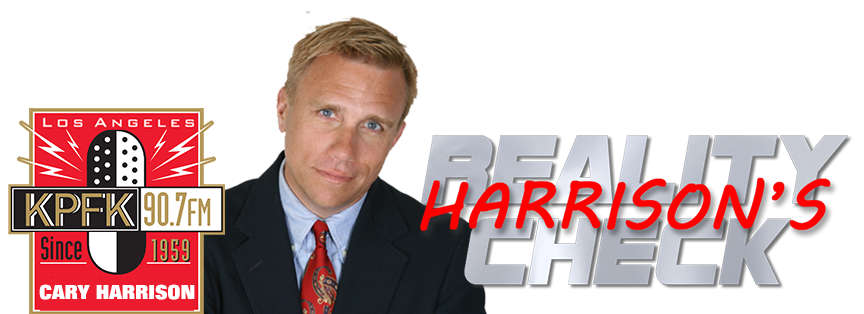 Cary Harrison Explains The Truth Behind The Mar-a-Lago Raid
Cary Harrison Explains The Truth Behind The Mar-a-Lago Raid
What would George Washington say? Secretly flying 35 filing cabinet drawers-worth of Pentagon secrets to your private hotel for favor-swaps was the straw to make all Presidents now raidable. Will this affect a future Trump 2024 run? What about Hunter and Hillary?
-
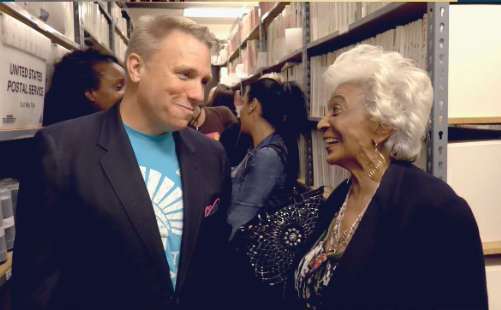 The Cary Harrison Show, Tuesdays at 2PM
The Cary Harrison Show, Tuesdays at 2PM
Check out Cary's latest episode, including an interview and memories with the iconic actress Nichelle Nichols!
-
 The Cary Harrison Show, every Tuesday at 2PM!
The Cary Harrison Show, every Tuesday at 2PM!
The Cary Harrison Show, July 12, 2022 - Cary Harrison explains why the Jan. 6 hearings really matter! And Dr. Christopher Davis on stress and your heart.
-
 Reality Check with Harrison is on every Tuesday at 2PM!
Reality Check with Harrison is on every Tuesday at 2PM!
KPFK's Cary Harrison on RT talking about International big oil, climate change, and Apple

